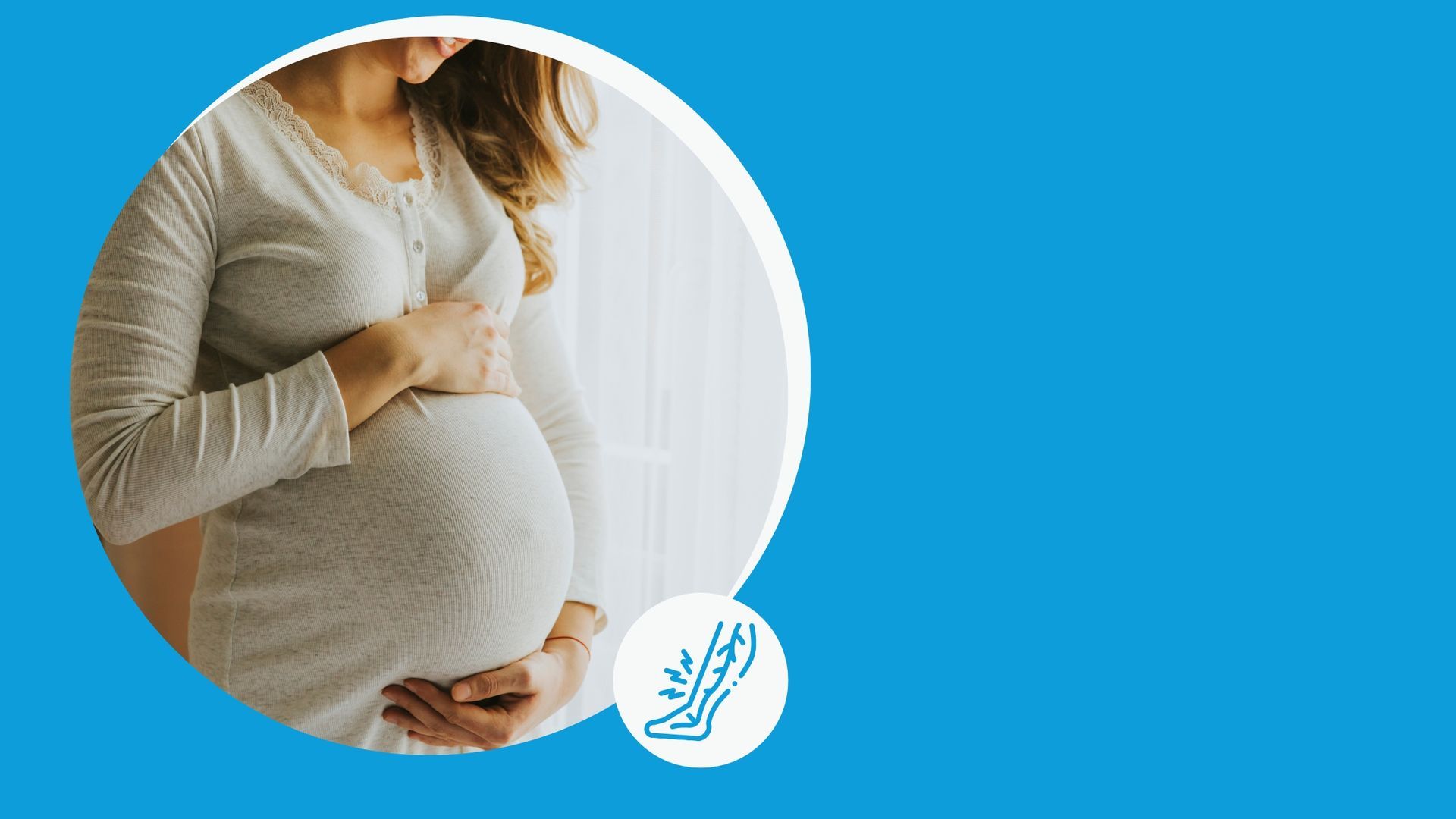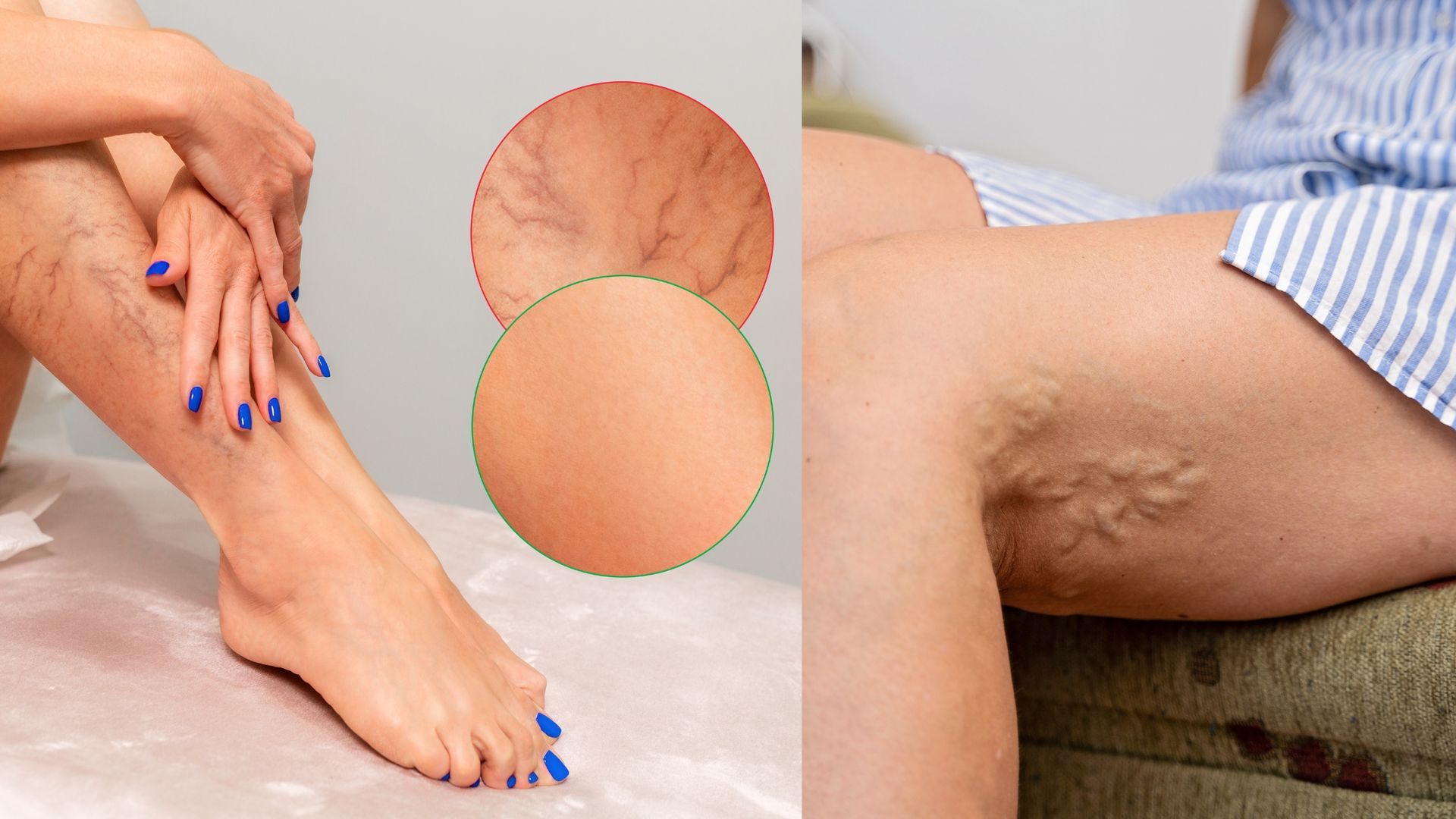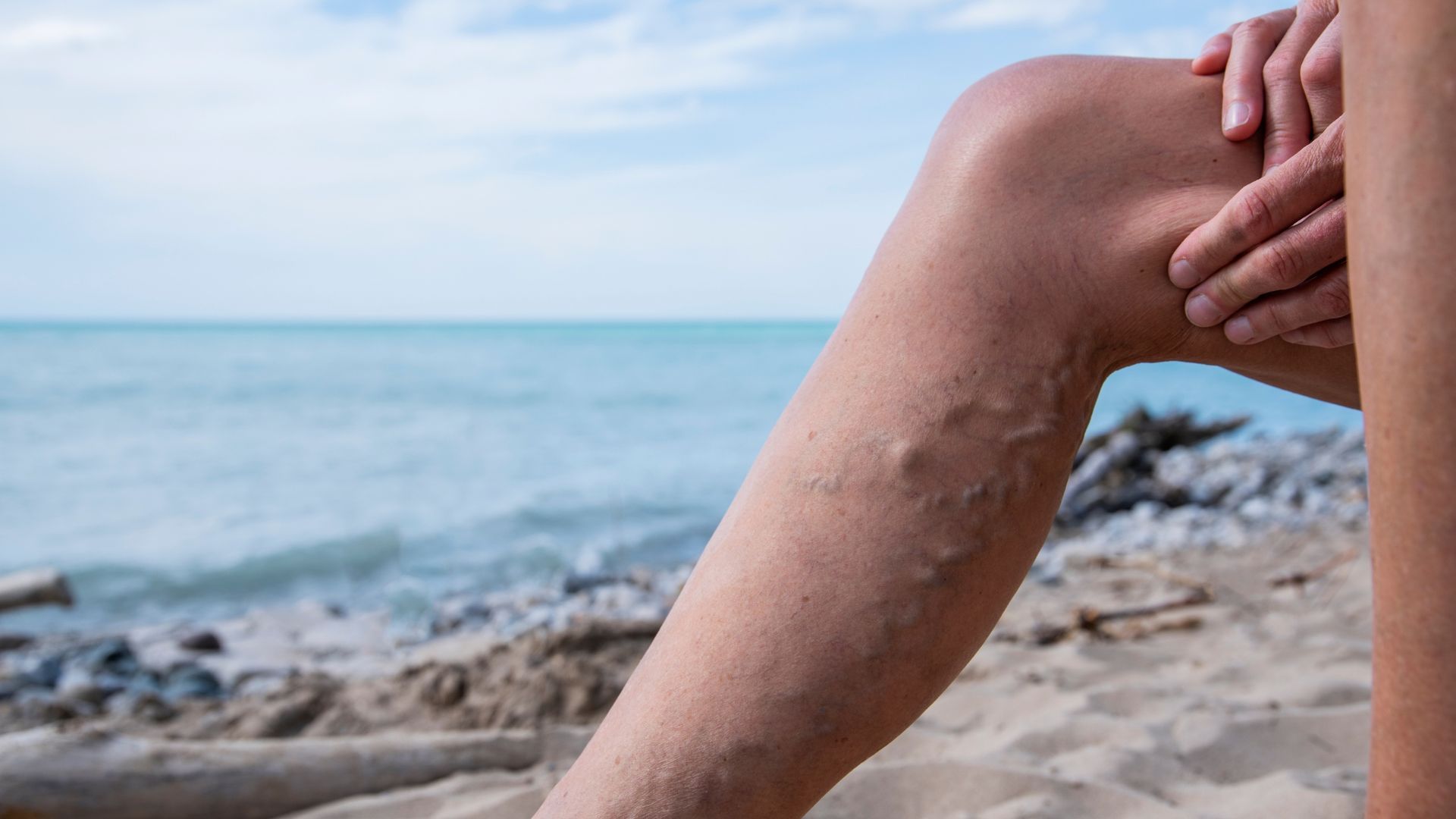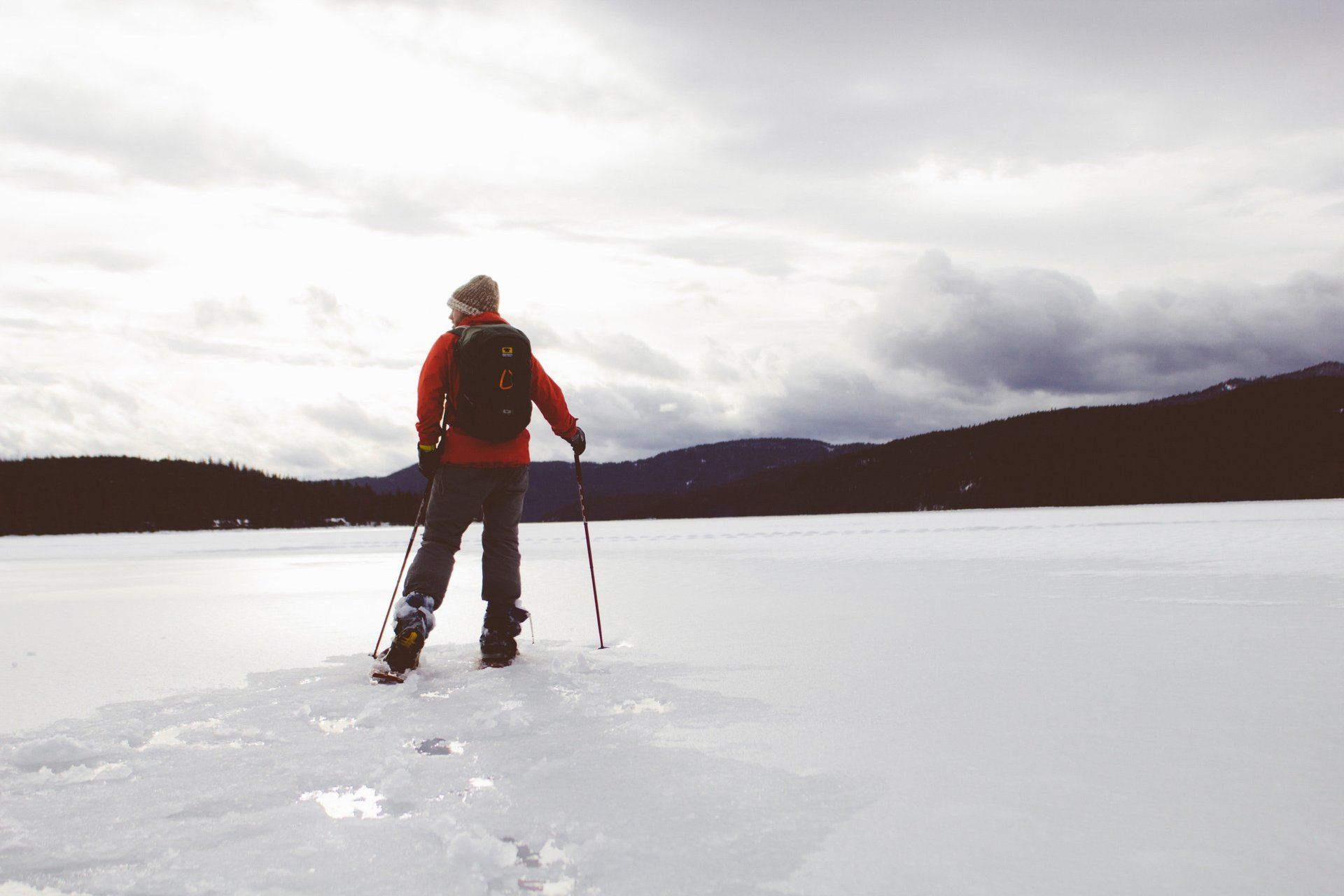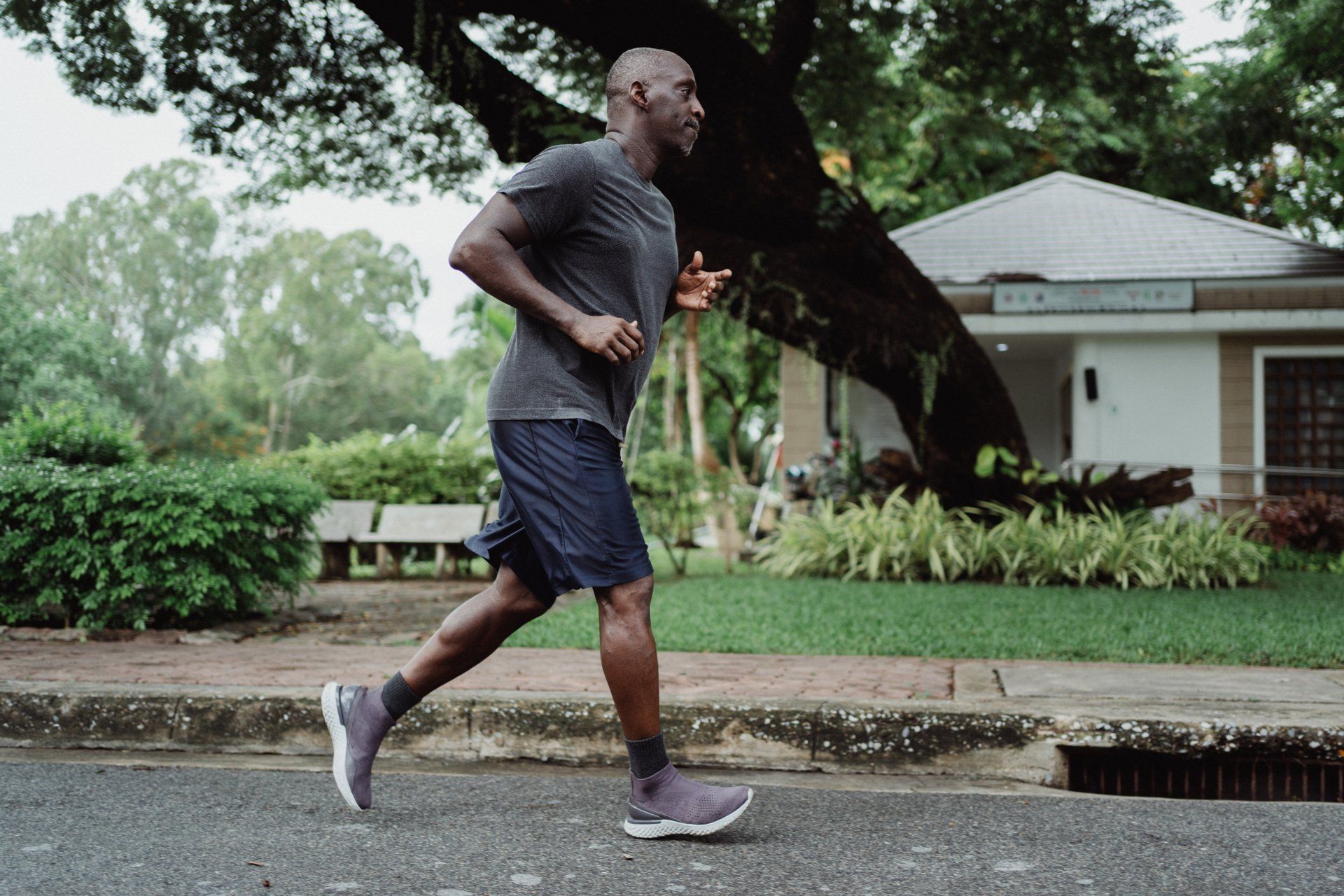Travel Tips For Varicose Veins | Protect Your Legs This Year
How Traveling Can Affect Your Legs
Even for the most healthy individuals, long rides on an airplane, a train, or in the car can take a toll on your circulatory system. Being seated for hours at a time can cause circulation to slow and blood to pool up in our legs. This can create severe leg pain for those of us dealing with varicose and spider veins. If there is an existing vein issue, traveling can exacerbate the problem.
Travel can also put us at risk for Deep Vein Thrombosis (DVT) which can be a serious health risk. DVT occurs when blood cells pile up and form a clot. They usually occur in the legs and occasionally cause severe pain and swelling, but sometimes show no symptoms.
Traveling can affect your vein health in the following ways:
- Agitate any existing varicose or spider veins
- Leg pain
- Swelling
- Risk for Deep Vein Thrombosis
What You Can Do To Protect Your Veins During Travel:
Move
- When flying, try to walk up and down the aisle every hour.
- If driving, stop the car when possible to get out and walk for a short time.
- Recline your seat and elevate your legs. This will help increase circulation.
- Try to bend your legs and then extend them to help keep them moving.
- Move your feet and toes frequently.
- Keep big bags clear of your foot area so you can stretch out.
- Wear compression socks - an easy and effective solution.
Hydrate
Things To Avoid Before Traveling:
- Sleeping pills
- Illegal drugs
- Alcohol
- Tight clothing - especially around the waistline
- Wearing high heel shoes
What Are The Risks Associated With DVT?
- Warmth in the leg
- Red or discolored skin
- Cramping pain in the leg that starts near the calf
- Heightened pulse
- Shortness of breath that occurs suddenly
- Chest pains that increase with deep breath or coughing
- Coughing up blood
- Fainting
- Lightheadedness
- Dizziness
Speak With Your Doctor Before Leaving
Articles
